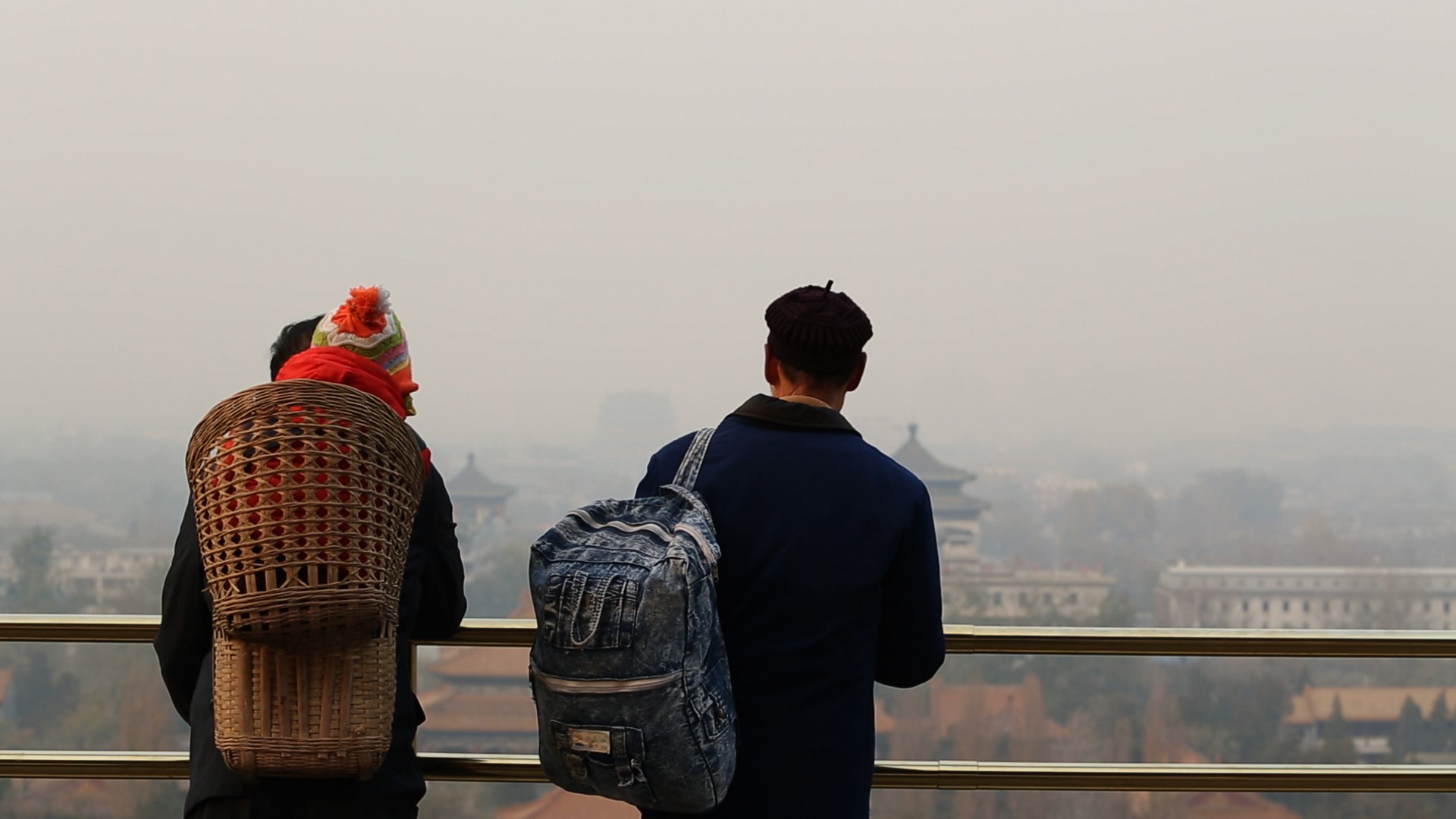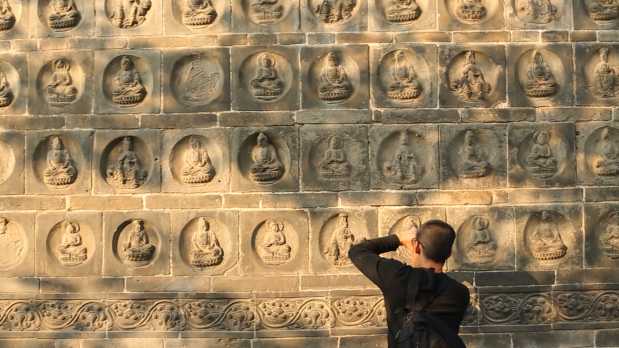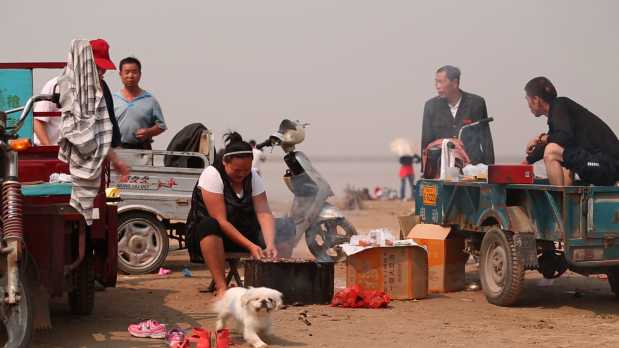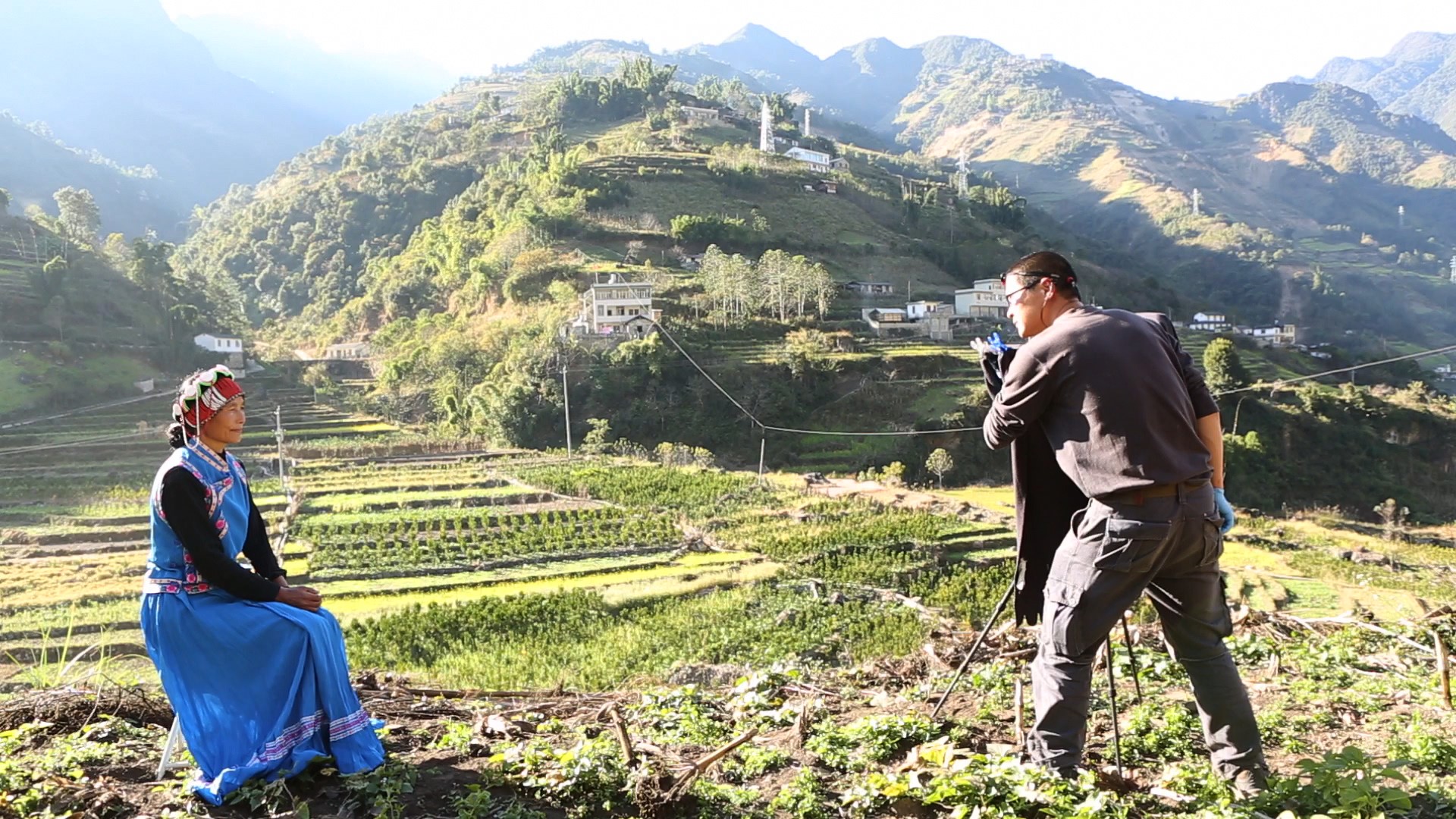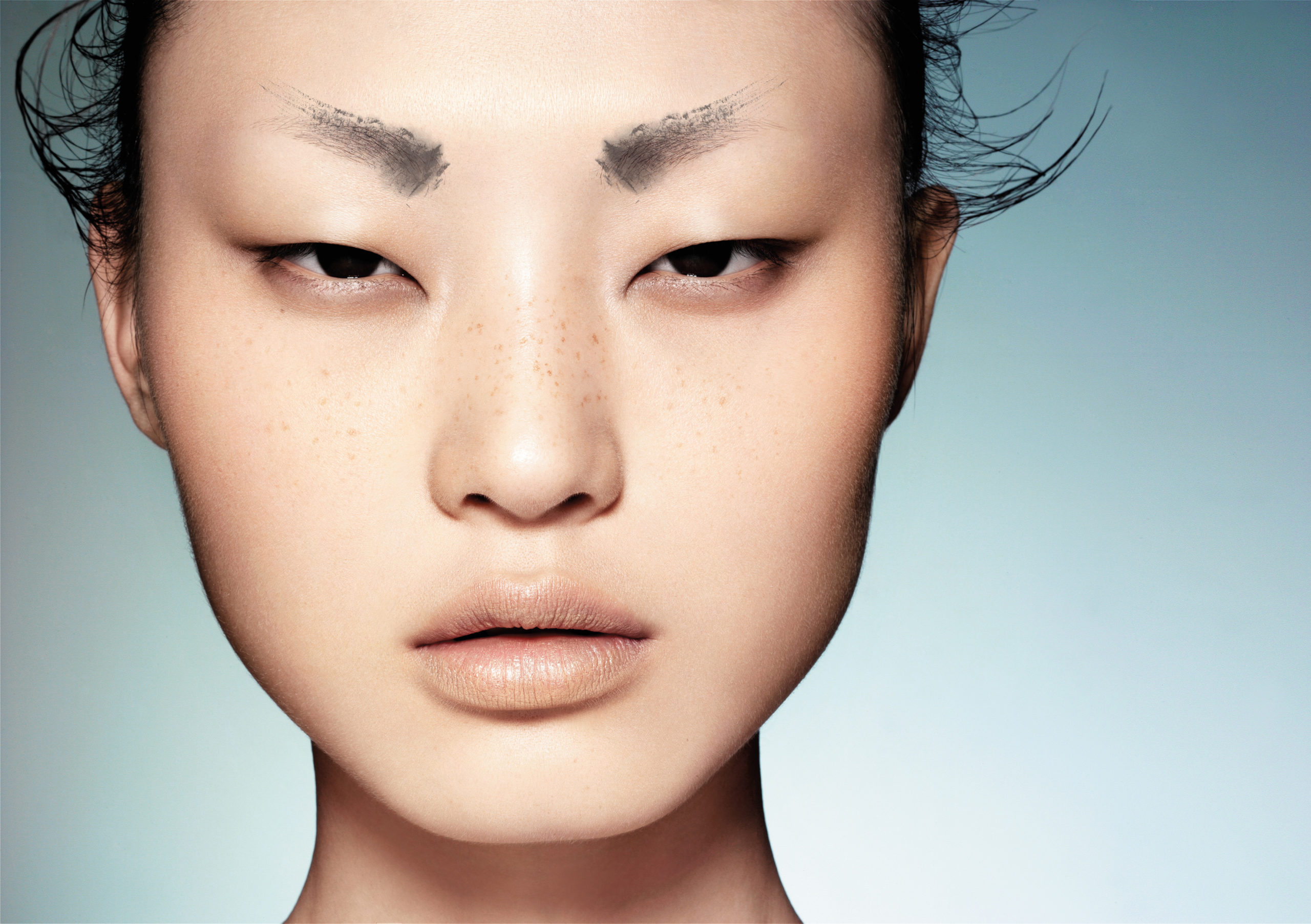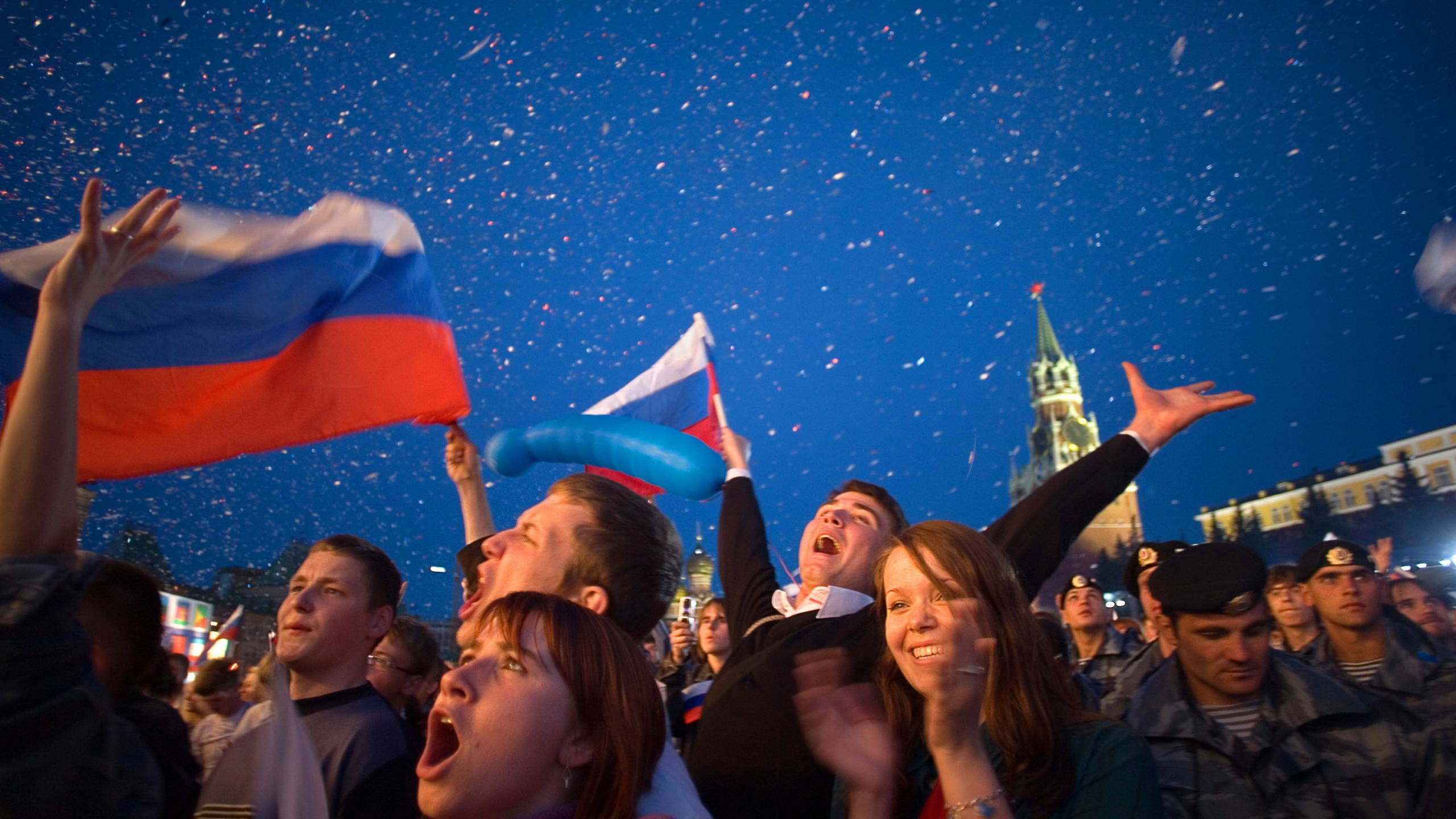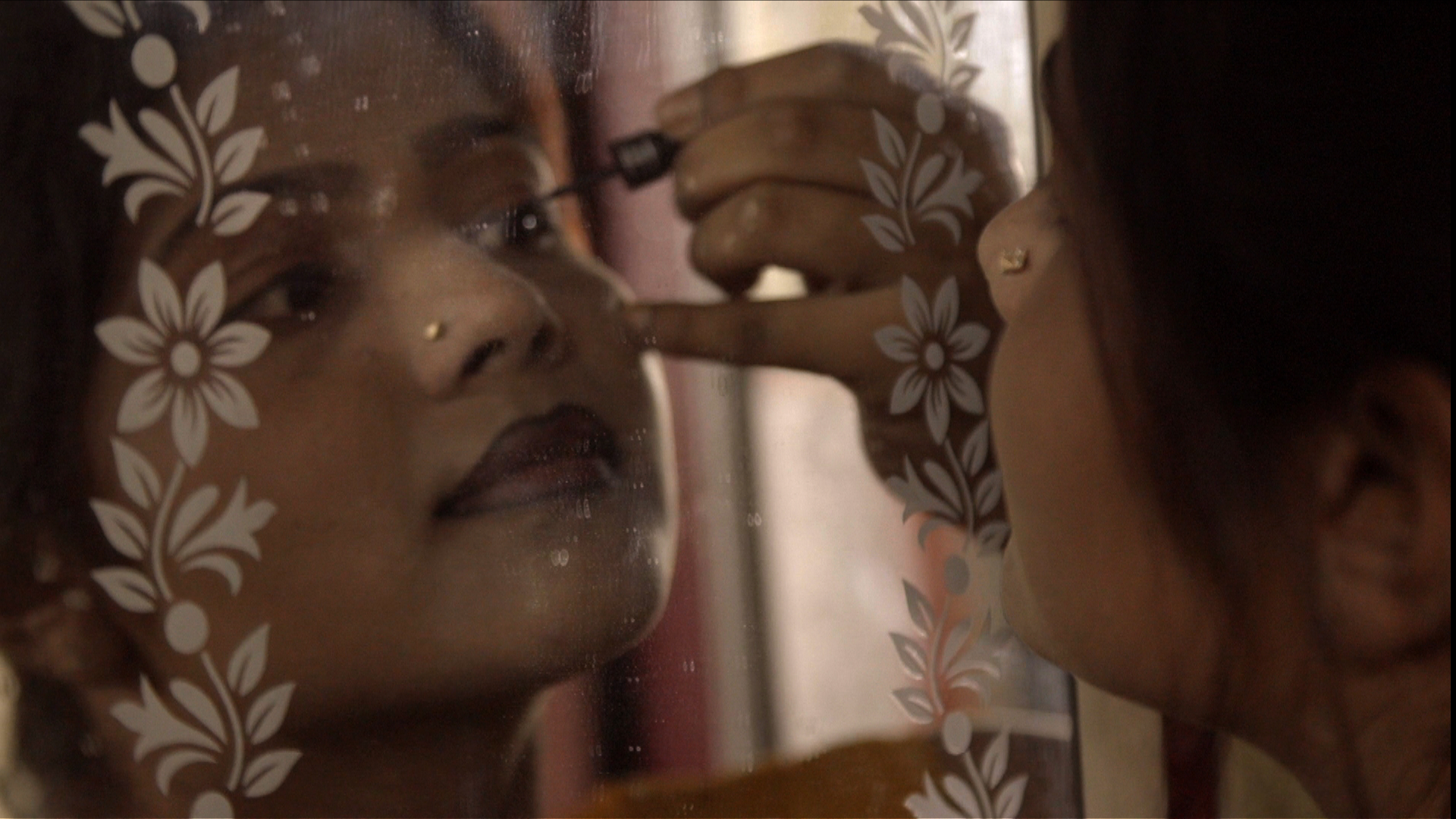Snapshots of China
China. The economic development of the past thirty years has transformed the country in unprecedented ways. How can such profound changes be told across such a vast territory?
"Snapshots of China" gives a voice to the current generation of Chinese photographers. Fast, mobile, committed, and rebellious, they are able to get close to the realities on the ground, capturing them with complete subjectivity.
Documentary photographers, photojournalists, young artists with a more intimate perspective, and fashion photographers take us to the strategic places where China's transformations are unfolding.
Type (Documentaire / Documentaire fiction / Série documentaire)DocumentaryGenre en anglaisArts & culture CollectionSnapshotsWritten and directed byEmma Tassy EditingClaude ClorennecCinematographyTian LiSoundZhen Hongmin, Ren Jiajia, Si ZhonglinIn association with Angoa-Agicoa, CNC. COSIP, ProcirepDiffuseurARTE France Distributed by ARTE France Distribution Year2013Duration4x26min
From the apartments of young Shanghainese to shepherds’ villages, from megacities to the outskirts, from the worship of ancestors to the worship of money… the raw and current China, seen through the eyes of its photographer artists. Photos, not clichés. China as you’ve never seen it before: unveiled.
1 – The Transformation of the Landscape
Without visiting China, it’s impossible to imagine the extent and speed at which cities and rural areas are transforming. Documentary photographers take us there, traveling the country armed with large-format cameras and analog equipment. From the shores of the Yellow River transformed into a fluvial amusement park, to the skyscrapers of Guangzhou—the new Manhattan of Asia—and climbing up to the mountain villages of Yunnan, home to the last ethnic minorities, they unveil a country decoded by privileged witnesses: its own photographers. A China at the heart of chaos, between no man’s land and the showcases of a rising empire.
2 – Rebellion Through Imagery
Runaway pollution, colossal wealth gaps, and an ever-growing number of migrants… Why is China moving so fast? Two pioneers of photojournalism, Lu Guang and Zhang Xinmin, delve into the dark reality of hyper-growth, while Liu Zheng, one of the strongest voices in contemporary Chinese photography, questions the ailments of a civilization always ready to erase its past. This is the China of the marginalized, as seen by on-the-ground advocates. Rural exodus to southern factories, the first “AIDS villages,” and expropriations by the mining industry: China’s woes explained by strong and free voices.
3 – Toward a Chinese Beauty
In the blink of an eye, they have become the star photographers of fashion and contemporary art. In Beijing, Shanghai, and Hong Kong, three pioneers of visual avant-garde capture before our eyes a China undergoing an aesthetic revolution. From the femme fatale of 1930s Shanghai to the trendy dandy from the pages of GQ China, smooth, heavily made-up, and highly sophisticated faces, raw, refined, and mixed-race beauties: the references are abundant and collide. From photoshoots at Studio 6 in Beijing with the iconic actress Fan Bingbing to glamorous shots inspired by Hong Kong cinema, welcome to the laboratories shaping the future standards of Chinese beauty.
4 – The Search for Self
Sleepless nights, romantic wandering, trendy laziness: the young generation is searching for itself. Born into the consumer society, they straddle yesterday’s collectivist society and tomorrow’s more individualistic one. Photographers follow them in their intimate moments. Black-and-white snapshots from the Bird Head collective in a festive yet melancholic Shanghai, rawer shots from photographer 223, introspections by the very young Chen Zhe who shatters the sacred filial piety: all of them struggle to achieve their dreams and overcome their fears. At the heart of a unique identity quest in China: the discovery of the individual.
Press coverage
A beautifully crafted documentary production.
Télérama
With a groundbreaking documentary series, Arte takes us to China to discover a new generation of photographers who dare to present a more nuanced and subversive view of a country torn between tradition and dreams of modernity.
Beaux-Arts Magazine
By engaging with them, showcasing their work, and inviting them to comment, the director aims to give voice to some of the privileged witnesses of the massive transformations China has undergone in the past thirty years. It's an intelligent and personal documentary style that allows the visuals and sequences to speak for themselves, with the commentary deepening and extending the narrative rather than merely illustrating or repeating it.
Le Monde
